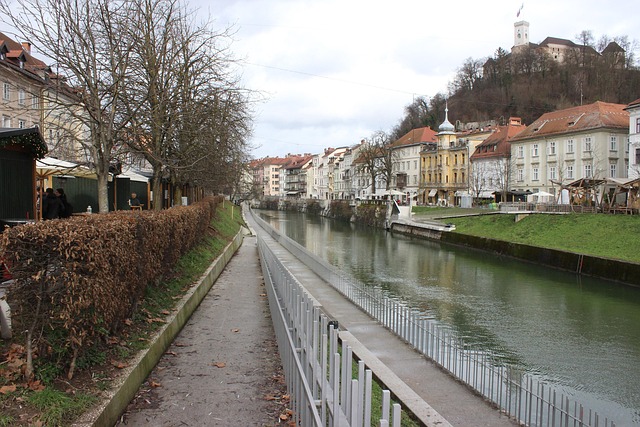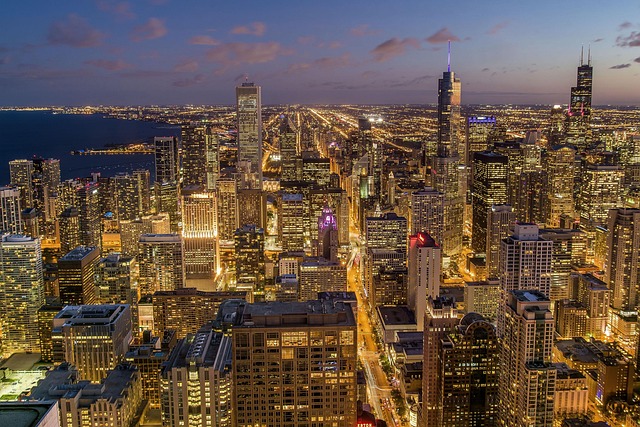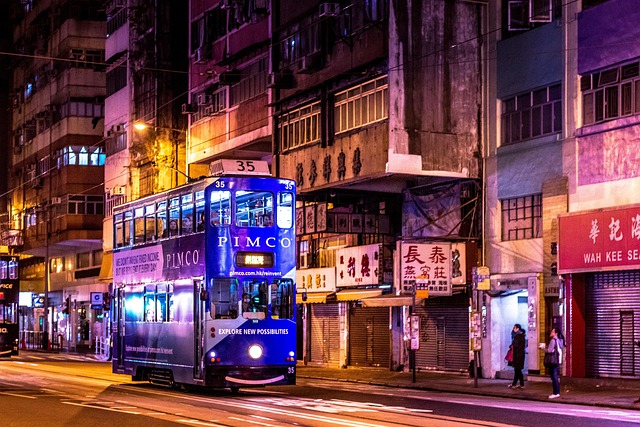In the vibrant Tariq Road area of Karachi, electricity load shedding—caused by outdated infrastructure and peak demand exceeding supply—disrupts daily life and business operations. This pressing issue impacts residents' routines and productivity, especially during hot weather. Addressing it requires a collaborative strategy including infrastructure upgrades, renewable energy integration, efficient distribution networks, smart grid technologies, and community engagement. By investing in innovative, sustainable energy solutions tailored to Karachi's unique challenges, the city can strive to become a model for clean and resilient energy infrastructure using digital technologies.
In the heart of Karachi, the bustling Tariq Road area has long grappled with intermittent electricity load shedding, disrupting daily life and businesses. This article delves into the complex issue, exploring its causes—from aging infrastructure to peak demand—and examining the profound impacts on local communities. We also uncover potential solutions and forecast a future outlook for a more reliable power supply in Karachi’s vibrant tapestry.
- Understanding Electricity Load Shedding in Karachi's Tariq Road Area
- Causes and Impacts on Local Communities
- Potential Solutions and Future Outlook for Reliable Power Supply
Understanding Electricity Load Shedding in Karachi's Tariq Road Area

Electricity load shedding, a common challenge faced by many cities around the world, has become an increasingly significant issue in Karachi’s vibrant Tariq Road area. In simple terms, load shedding refers to the temporary discontinuation of electricity supply to certain regions or during specific periods, usually due to a mismatch between demand and generation capacity. This phenomenon is particularly notable during peak hours when energy requirements surge, often leading to power outages that can disrupt daily routines and business operations.
Karachi, being Pakistan’s economic hub, demands a reliable and robust electricity infrastructure to support its bustling streets, including Tariq Road, known for its vibrant commercial activity. The area’s rapid urbanization and growing population have put immense pressure on the existing power distribution network, resulting in frequent load shedding incidents. Understanding this issue is crucial as it affects not just residents but also businesses, impacting their productivity and overall quality of life in Karachi.
Causes and Impacts on Local Communities

In Karachi, electricity load shedding has become a recurring issue, significantly affecting local communities near Tariq Road. The primary causes include an inadequate power infrastructure and a growing demand that outstrips supply. During peak hours or when temperatures soar, the strain on the power grid intensifies, leading to frequent power outages.
These interruptions have wide-ranging impacts. Businesses suffer from productivity losses, as equipment and machinery are often dependent on steady electricity. Residents face inconveniences in their daily lives, from disrupted home routines to difficulties in accessing basic services like refrigeration and lighting. Moreover, the constant fear of unexpected power cuts can lead to increased stress levels among residents, particularly those with medical conditions requiring consistent electricity.
Potential Solutions and Future Outlook for Reliable Power Supply

Addressing electricity load shedding in Karachi, particularly near Tariq Road, requires a multi-faceted approach. Potential solutions include infrastructure upgrades to accommodate growing demand, integration of renewable energy sources like solar and wind power, and efficient distribution networks that minimize losses. Smart grid technologies offer promising avenues for real-time monitoring and management of power flow, enhancing overall system efficiency.
Looking ahead, the future outlook for reliable power supply in Karachi hinges on collaboration between government agencies, private enterprises, and community engagement. Investing in research and development for innovative energy solutions tailored to Karachi’s unique challenges can ensure sustained progress. By leveraging digital technologies and promoting environmentally sustainable practices, Karachi can strive towards becoming a model city for resilient and clean energy infrastructure.
Electricity load shedding in Karachi’s Tariq Road area has become a persistent challenge, impacting daily life and local businesses. This article has explored the causes, from inadequate infrastructure to peak demand, and highlighted their effects on communities. Moving forward, sustainable solutions like distributed energy resources and smart grid technologies offer hope for a more reliable power supply. By addressing these issues, Karachi can strive towards a brighter, uninterrupted future, ensuring that residents and businesses thrive without the constant burden of load shedding.
